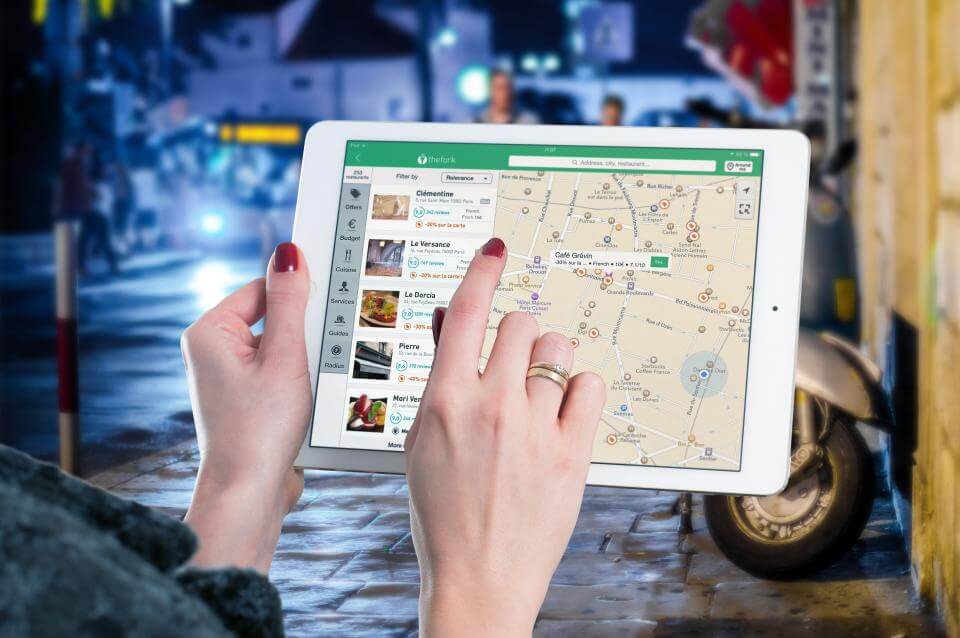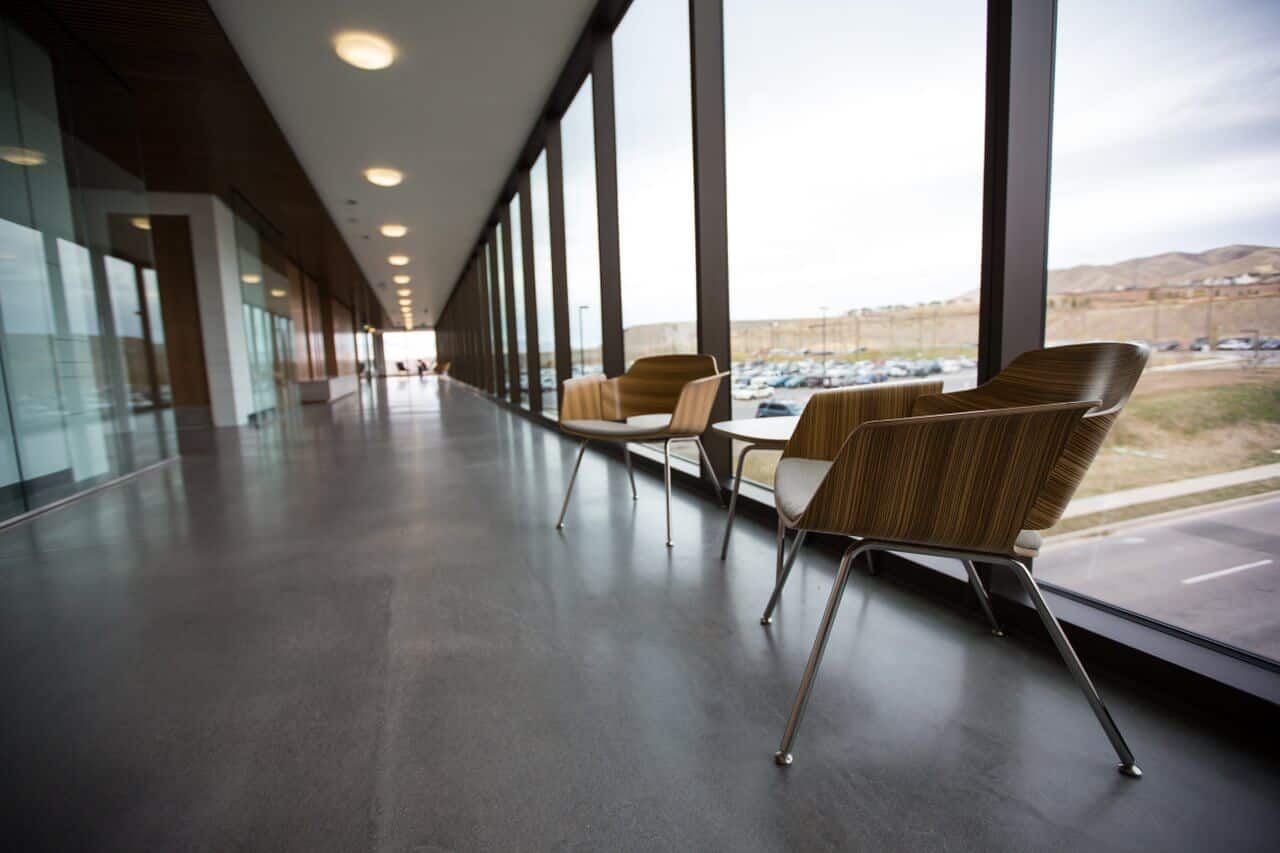
Space management encompasses the coordination, layout and use of a facility’s space and resources. For facility managers, this can mean working with contractors to make renovations, finding desks for new employees or helping to plan out a move scenario.
The work and tasks associated with space management can get overwhelming very quickly. A facility manager needs to carefully consider assets in the space, the needs of employees and the space itself, which must run effectively from an energy and resource standpoint. Also, a poorly coordinated office space creates unnecessary business costs, wastes time and reduces the ability to adapt to new changes.
Automation and management systems combined with best practices can help facility managers effectively plan spaces. Visualizing your space via tools like real-time floor plans and seating chart data can provide a solid foundation for space management, which will ultimately affect your bottom line.
The impacts of poor space management
Heavy costs

Making the most of physical space is one of the most important parts of running an efficient business. Real estate and occupancy costs are often a company’s largest or second largest expense and poor management of the office’s layout is a major driver of these costs.
According to the GSA, office workers in America and Europe only use 35–50% of workspaces between 8 a.m. to 5 p.m.
That means half of the workspace is left unoccupied, presenting a great opportunity for cost reduction in the workplace.
Reduced productivity
Employee engagement strongly influences a company’s productivity and wellness; in fact, it can lead to a 22% increase in productivity. And the physical space people work in has a major impact on this engagement. Individuals within a workplace need a variety of environments for different tasks and different work styles in order to maximize productivity, so work spaces need to be designed with these factors in mind.
In 2013, Gensler conducted a study that compared different organizations’ abilities to balance space for individual work and collaborative work. Among 24% of respondents who said their companies prioritized both types of work, they reported that their offices were 22% more effective for focus work and 17% more effective for collaboration. This indicates that properly designed offices can improve productivity of work performed separately and in groups, so it’s crucial to make sure the design of your office echoes this balance.
Recruitment difficulties

Great company culture is a key part of attracting top talent to the workplace, and how a manager designs and manages their space will affect the strength of this culture. This is an especially important consideration when targeting millennial recruits (currently the largest labor force in the United States) as they place a high value on flexibility and collaborative environments.
Creating effective community spaces like lunchrooms or enacting policies like teleworking or hot desking can help win over potential employees.
Efficient space management also affects the productivity and happiness of current staff, contributing greatly to the churn rate of a team. Proper space management can cut down on the need for constant rehiring and ultimately allows you to preserve a consistent sense of culture.
Getting space management right

Design for flexibility
Most issues with space management relate to a space’s inability to change quickly according to the needs of different groups. This is especially important as telecommuting becomes more and more popular, especially with the millennial generation. Though telecommuting leads to more complicated working schedules, IBM has saved up to $700 million in real estate costs as a result of this work style—and companies all over the world are following the trend.
Use flex spaces, furniture and layouts that can easily be shuffled around to help you adapt to different cases like major events or all-hands meetings.
Also, make sure to plan for busier hours in the office when telecommuters may come into work or the whole staff has a meeting. Your space should ideally empower your team to work in both focused and collaborative environments while accounting for any events, client conferences or emergencies that may come up. It should also be inclusive of some quiet space, for those employees who just prefer or need it. Again, when balance is put at the core of office design, everyone is set up to win.
Think about all stakeholders

Organizations fail when they don’t understand their users, and office spaces are no exception to this. Facility managers need to consider all the stakeholders involved in the use of a workspace. Employees will have different work style preferences, clients will need straightforward guidance, managers will need efficiency and regulators will require compliance. Making everyone happy is no small feat, but it helps to design your space so it can be easily changed according to different needs.
The benefits of using technology
Data capturing

Optimizing a building and its processes requires the ability to gather and effectively use information. And employing technology to gather data is much more reliable than manually gathered data.
Using software and technology helps facility managers keep track of resources and present valuable data through the use of modifiable facility reports.
Managers and executives who have access to this data will be able to quickly recognize notable inefficiencies within the organization, such as a meaningful percentage of underused office space.
Space visualization
Being able to visualize your space gives you the ability to understand your resources much more quickly and intuitively. Viewing factors like desk clusters, amenity locations and pathways allows you to see how all the pieces of your office work together and how the space affects all stakeholders. This can translate into less crowding for your employees, cleaner navigation for clients and a better understanding of how your space can be used for changing purposes.
Another important part of visualizing space is the ability to easily and effectively find who sits where in the office. Giving your employees read-only access so they can search for colleagues, meeting rooms and other company resources is a critical component of today’s dynamic workplace. Just because someone was in a certain desk yesterday doesn’t mean they’re there today. Not having an up-to-date floorplan that’s accessible for all employees wastes valuable company time.
Scenario planning
Visualizing your space is one thing, but being able to play out scenarios within that space is another thing entirely. Drag and drop features that allow for simple move management not only cut down on preparatory hours but can also avoid costly oversights.
The importance of finding the right solution
Avoid “big box syndrome”

A crucial consideration for implementing any new software solution is its ease of use and intuitiveness.
Facility managers should favor systems that do a few things well over systems that try to do everything.
Specialized and intuitive software causes fewer problems for users and allows people to familiarize themselves with the tool more quickly, ultimately maximizing its ROI.
Don’t try to go it alone
It can also be tempting to have your company build an in-house software solution to help you manage your space. When considering this route, it’s important to understand the resource cost, internal stakeholders, maintenance needs and overall effectiveness associated with building your own tool. Who is going to continue to develop and support it long-term? Will it work with a new browser or system upgrade? It might seem like an effective solution at first, but in today’s competitive business climate, companies should focus on their core competencies and work with a company who specializes in space management.
The bottom line

Space management is the foundation of an efficiently run facility and a productive workforce. Flexibility, stakeholder management and resources all need to be taken into consideration. Facility managers who take advantage of software features like data tracking, space visualization and intuitive controls as well as employ best practices in their facilities will see a significant return on their investments.
Offices and workforces will continue to evolve and change. Telecommuting will give way to a new trend that changes the way employees interact with and affect their physical workspace. That means space management will remain at the core of a company’s productivity, making facilities management that much more valuable. It’s crucial that businesses adapt and take note of the efficiency measures being developed in order to keep pace with these changes and maintain a healthy bottom line.
For more information on software solutions, contact the OfficeSpace Software team or consult our space management articles.
Photos: Vern Ho, Andrew Pons, andybreit, bjaved98, Matt Hoffman, Joao Silas, Wilfred Iven, Raymond Sam





